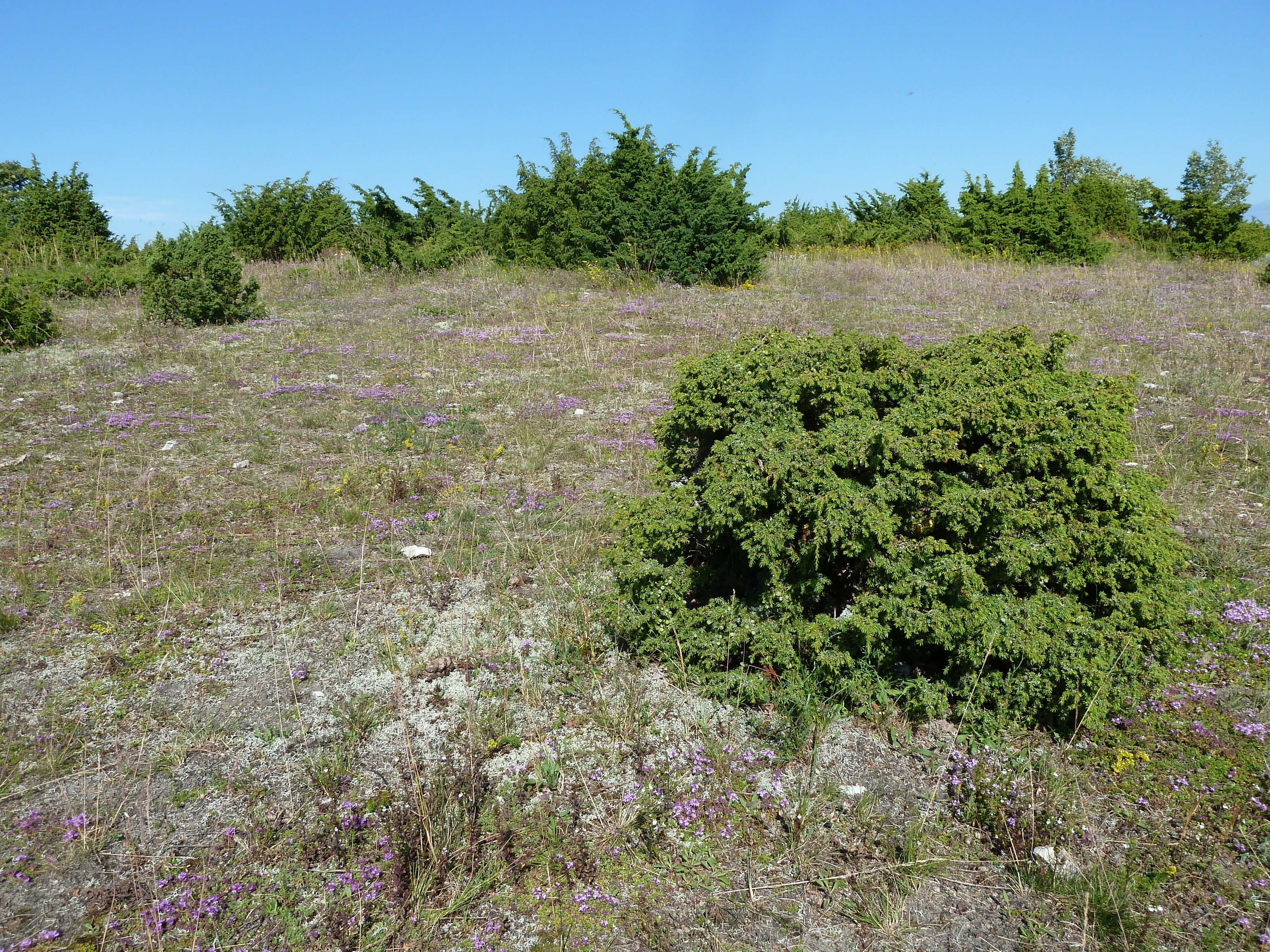
The alvars cover the limestone areas with a very thin layer of soil (from a few to a few dozen centimetres) and a flat surface. These are usually dry or very dry habitats: the soil cover often completely dries out during the summer. In spring, on the other hand, the alvars can be quite wet and the depressions there can occasionally fill with water.
Vegetation on the alvar grasslands is usually sparse and low, but rich in species: calcareous plants that tolerate the dry conditions well predominate. The development of the species-rich vegetation has been significantly influenced by grazing, which helps to prevent the invasion of junipers and pines, especially in areas with a heavier soil cover. The vegetation cover is sometimes mosaic: the more densely vegetated patches on thicker soils alternate with sparser ones on thin soils, patches of bedrock (habitat type 8240) are exposed in places.
Alvar grasslands are found in the open limestone areas in the Lääne and Pärnu counties, islands, and the North Estonian plateau.
Includes the following habitat types according to Paal: 2111 (dry alvar grassland site type) and 2112 (fresh alvar grassland site type).